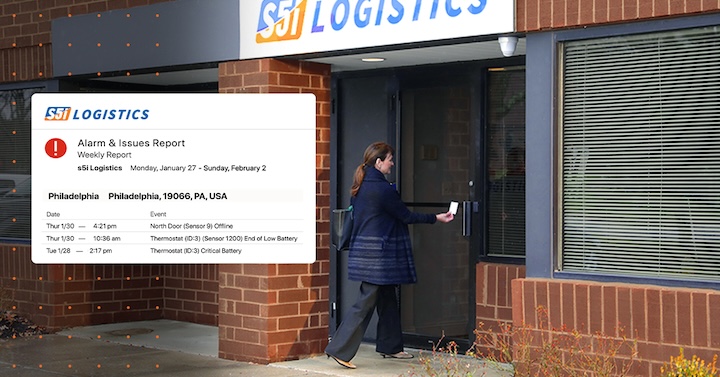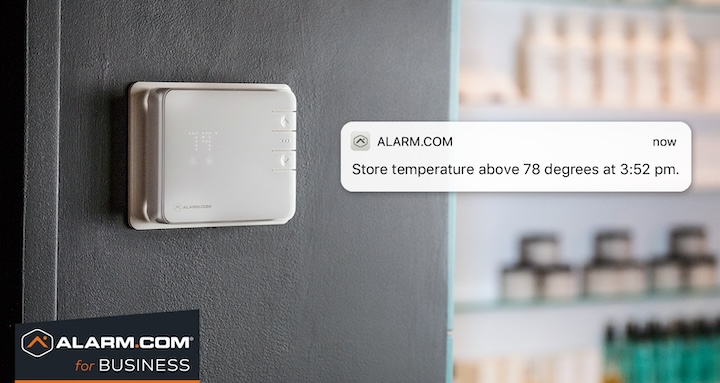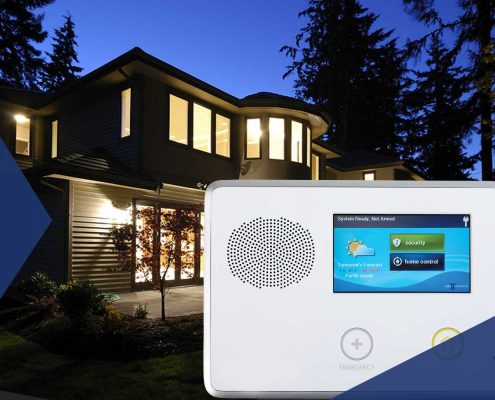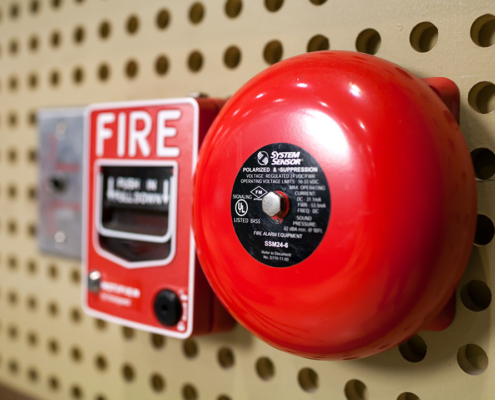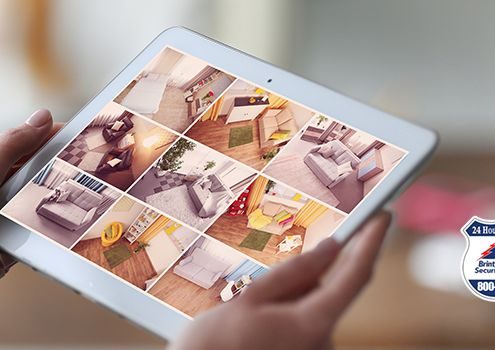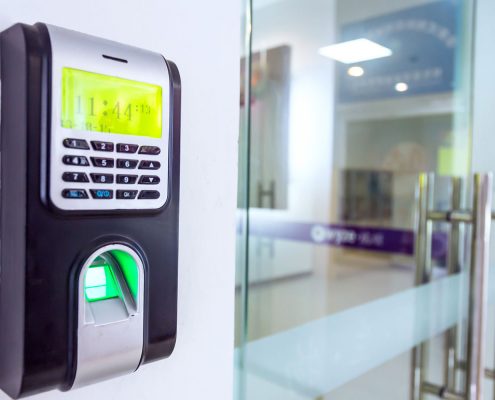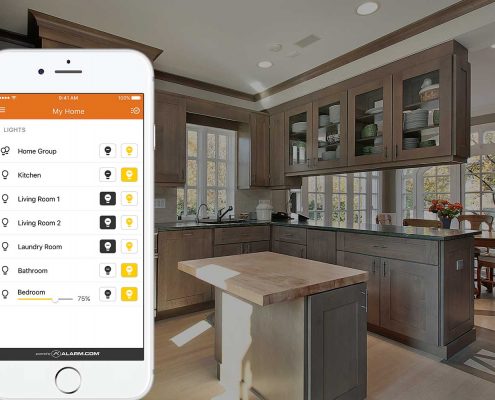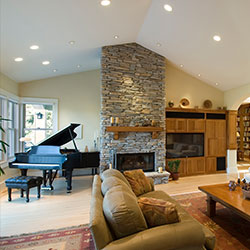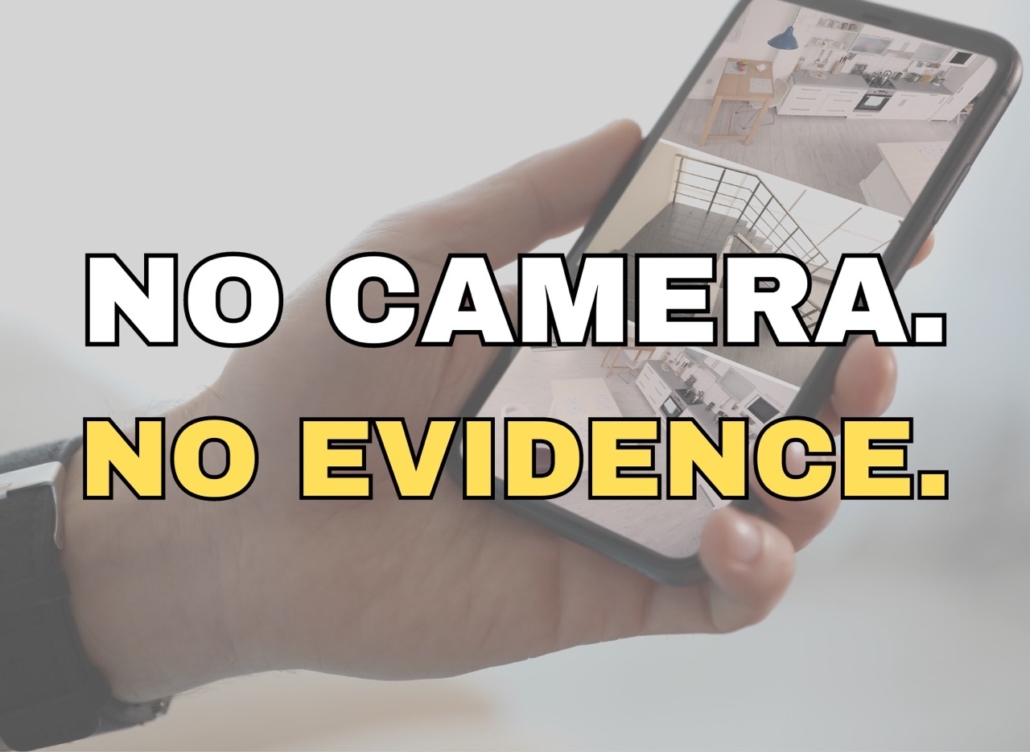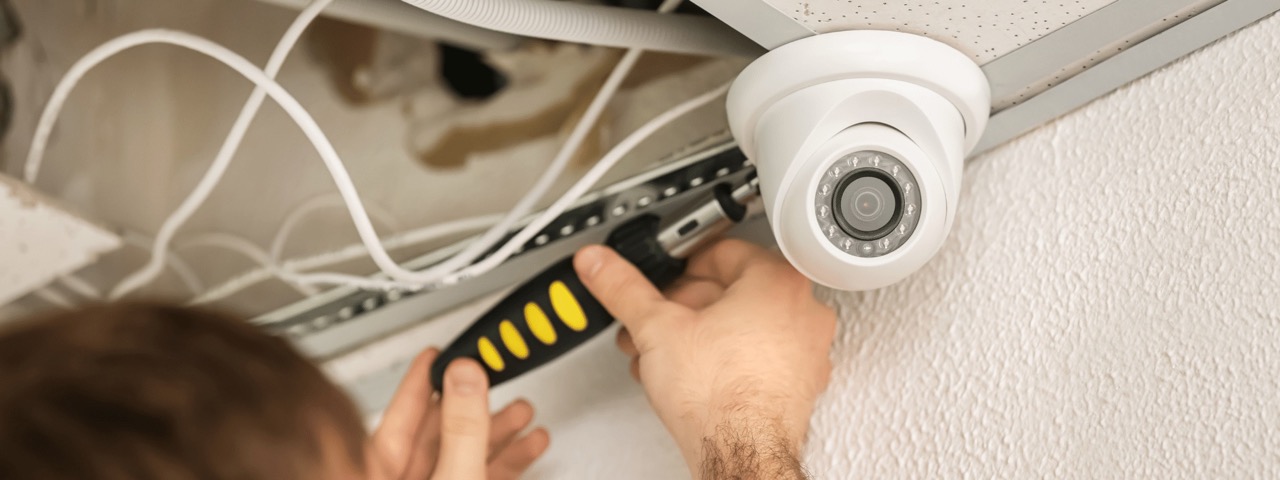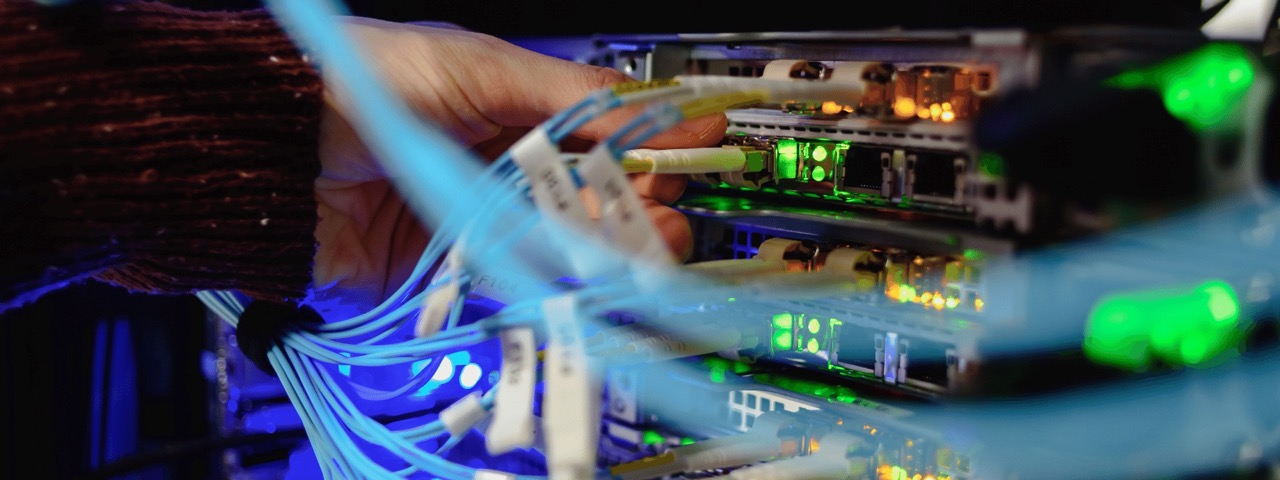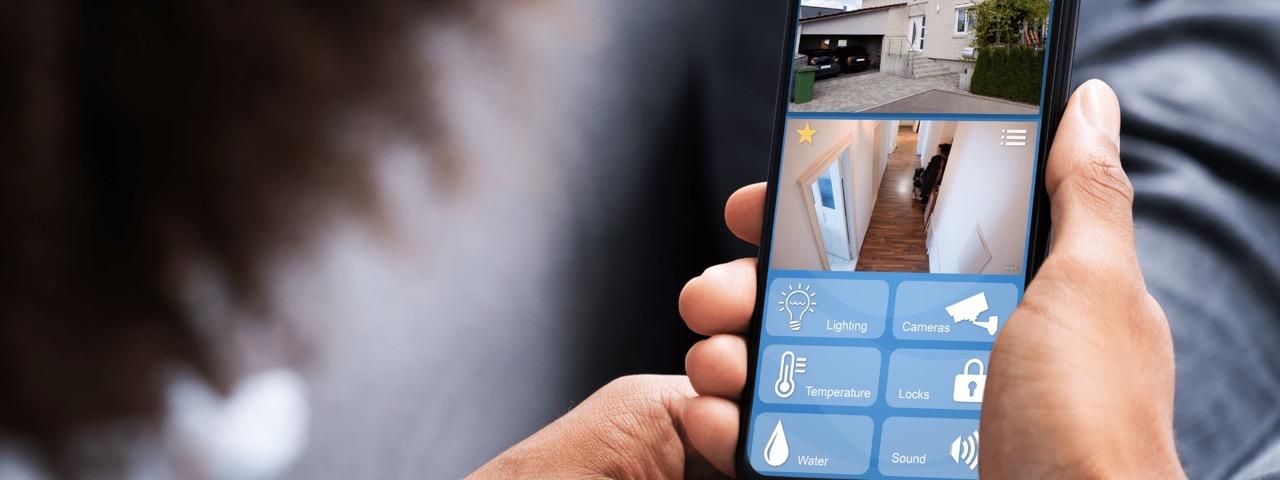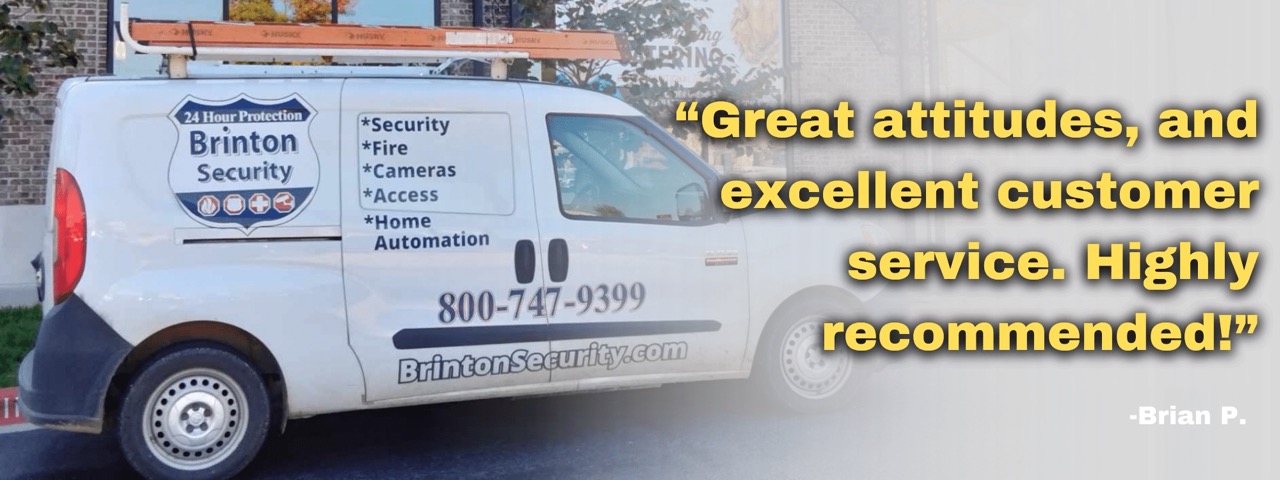Summer temperatures are ramping up the risk of fires at both homes and businesses throughout the Ozarks. Fire safety is a critical part of operating commercial properties, and in Branson, Missouri, where tourism and local businesses thrive, it is particularly important to ensure the safety of employees, customers, and assets. With the busy summer season heating up and bringing in more visitors, the risk of fire can increase, making it even more crucial to be vigilant. At Brinton Fire & Security, we are committed to helping you protect your home and business from fire hazards. Here are some essential fire safety tips tailored specifically for properties in Branson.

1. Conduct Regular Fire Risk Assessments
Regular fire risk assessments are crucial for identifying potential fire hazards in your business premises. These assessments should be conducted by a qualified professional and should cover all areas of your property, including storage rooms, kitchens, and public areas. Regular assessments help you stay compliant with local fire safety regulations and ensure that any new hazards are promptly addressed.
2. Install and Maintain Reliable Fire Alarm Systems
In businesses as well as homes, a reliable fire alarm system is the first line of defense against fire. Ensure that your fire alarm system is professionally installed and regularly maintained. At Brinton Fire & Security, we offer state-of-the-art fire alarm systems for residential and commercial applications designed to provide early detection and prompt alerts, giving you and your staff or family ample time to evacuate safely.
3. Equip Your Property with Appropriate Fire Extinguishers
Different types of fires require different types of extinguishers, as do different types of properties. Equip your property with the appropriate fire extinguishers for the specific risks present. For instance, kitchens should have Class K extinguishers for grease fires, while general office areas might need Class A, B, or C extinguishers. Regularly check the expiration dates and ensure staff is trained on how to use them.
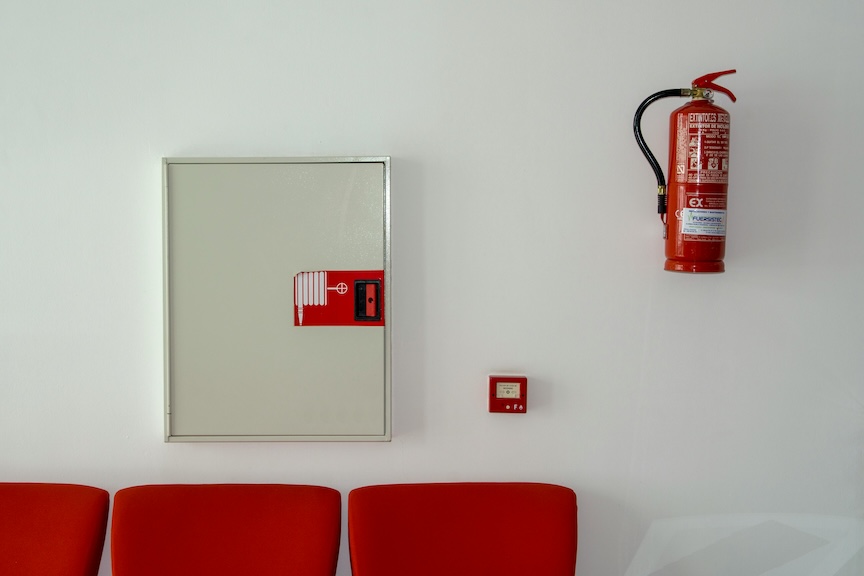
4. Implement a Comprehensive Fire Evacuation Plan
Having a well-thought-out fire evacuation plan is essential. Your plan should include clearly marked exits, designated assembly points, and an efficient communication system to alert all employees and customers. Conduct regular fire drills to ensure everyone is familiar with the evacuation procedures and can act quickly in case of an emergency.
5. Install Emergency Lighting and Exit Signage
In the event of a fire, power outages can occur, making it difficult to navigate the premises. Installing emergency lighting and clearly visible exit signage ensures that all exits are easily identifiable, even in low-visibility conditions. This is particularly important in Branson’s entertainment venues and tourist attractions, where large crowds may need to evacuate quickly.
6. Ensure Proper Storage of Flammable Materials
Proper storage of flammable materials can significantly reduce the risk of fire. Store flammable liquids, chemicals, and other hazardous materials in designated areas away from heat sources and electrical equipment. Use fire-resistant cabinets and containers, and clearly label all flammable substances.
7. Regularly Inspect and Maintain Electrical Systems
Faulty electrical systems are a common cause of fires in both commercial and residential properties. Regularly inspect and maintain all electrical systems, including wiring, outlets, and appliances. If you notice any signs of wear and tear or overheating, have them repaired immediately by a qualified electrician.

8. Train Employees on Fire Safety Protocols
Employee training is a key component of fire safety. Ensure that all employees are trained on fire prevention, the proper use of fire extinguishers, and evacuation procedures. Regular training sessions and refreshers will help keep fire safety top of mind for everyone in your organization.
9. Control Smoking Areas
If your business allows smoking, designate specific smoking areas away from the main building and ensure they are equipped with proper disposal containers for cigarette butts. This reduces the risk of accidental fires caused by discarded smoking materials.
10. Monitor and Maintain Fire Suppression Systems
For businesses with kitchens or hazardous materials, fire suppression systems are essential. Regularly monitor and maintain these systems to ensure they function correctly. This includes systems in kitchen hoods, chemical storage areas, and other high-risk zones.
Conclusion
Fire safety is an ongoing process that requires vigilance and proactive measures. By implementing these essential fire safety tips, you can protect your commercial property in Branson and ensure a safe environment for your employees and customers. At Brinton Fire & Security, we are here to assist you with all your fire safety needs, from professional fire alarm installations to comprehensive safety assessments. Contact us today to learn more about how we can help secure your home or business against fire hazards.

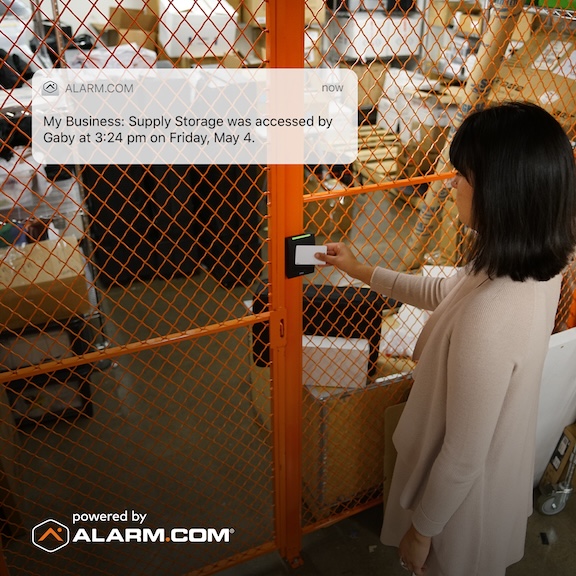
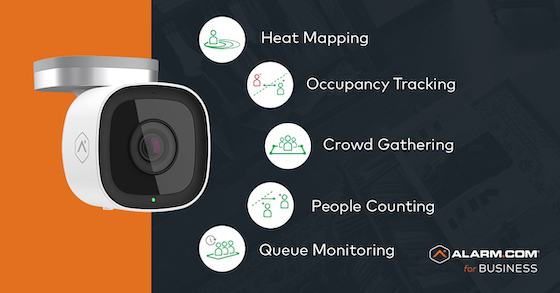 Say goodbye to bulky DVRs and complex video systems. With Alarm.com’s video surveillance features, you can view live and recorded video directly from your smartphone or computer. Instead of manually searching through hours of footage, search for important events. Then, jump straight to corresponding footage on your 24/7 video timeline. Our video solutions offer high-definition clarity and real-time monitoring, helping you keep an eye on your Branson business from anywhere, at any time.
Say goodbye to bulky DVRs and complex video systems. With Alarm.com’s video surveillance features, you can view live and recorded video directly from your smartphone or computer. Instead of manually searching through hours of footage, search for important events. Then, jump straight to corresponding footage on your 24/7 video timeline. Our video solutions offer high-definition clarity and real-time monitoring, helping you keep an eye on your Branson business from anywhere, at any time.